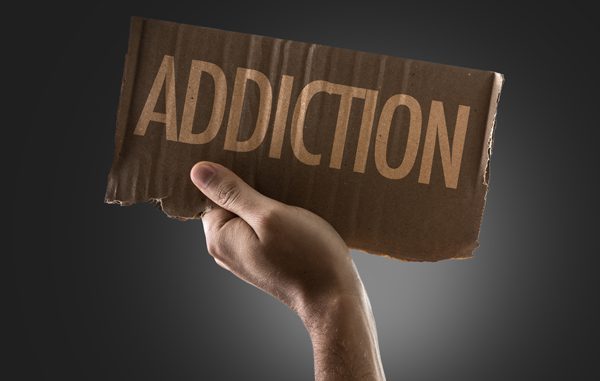 America is suffering from an opiate addiction crisis.
America is suffering from an opiate addiction crisis.
The United States is not alone, as prescription opioids and heroin are taking their toll worldwide. So what are opiates/opioids, and why is there such an epidemic?
Opiates are compounds found naturally in the opium poppy, and opioids are synthetic drugs with similar properties such as hydrocodone, fentanyl, and oxycodone, prescribed for moderate to severe pain. The term opioid refers to the entire family of opiates including natural, semisynthetic, and synthetic compounds. The entire family of opiates is highly addictive, both physically and psychologically. These drugs create a euphoric high in the user, as well as horrific withdrawal symptoms when discontinued.
According to the American Society of Addiction Medicine, of the 21.5 million Americans 12 or older that had a substance use disorder in 2014,
1.9 million had a substance use disorder involving prescription pain relievers and 586,000 had a substance use disorder involving heroin. What often begins as either a recreational use of narcotic painkillers or even a legitimate use of the drugs under a doctor’s care can easily turn into a full-blown drug addiction. Prescription medications like oxycodone, hydrocodone, and fentanyl are extremely valuable on the black market and are illegally sold on the streets at very high prices. Whether a person can no longer get a prescription from a doctor, or they have been buying them illegally for some time, the high street prices usually begin to pose a problem. Quitting abruptly poses an even worse problem. This is where heroin comes into play. Heroin is cheaper and more easily obtainable and can be smoked or snorted as well as injected intravenously. It is not long before the population of individuals who said they would never do hard drugs like heroin are becoming heroin addicts. Not all heroin addicts started out using prescription opioids, and not all prescription opioid users become heroin addicts, but the trend is startling, and the opiate addiction crisis is undeniable.
With the opiate addiction crisis has come an increase in both fatal and non-fatal drug overdoses.
According to the ASAM, drug overdose is the leading cause of accidental death in the US, with 47,055 lethal drug overdoses in 2014. Opioid addiction is driving this epidemic, with 18,893 overdose deaths related to prescription pain relievers, and 10,574 overdose deaths related to heroin in 2014. In recent times, a synthetic and illegally produced version of Fentanyl (a highly potent prescription opioid pain killer) has come onto the scene as a heroin compound. Overdoses have skyrocketed since this drug has been introduced to the black market, as many users do not understand the risk or simply are unaware that their heroin contains the fentanyl drug.
Many people blame the epidemic on the overwriting of prescriptions by health professionals. The drugs themselves can be blamed due to their uncanny ability to lead to addiction in anyone who uses them.
If you or someone you love is using opiates and need help, contact Great Oaks Recovery Center at (877) 977-3268. Our experienced professionals are standing by.
References
Center for Behavioral Health Statistics and Quality. (2015). Behavioral health trends in the United States: Results from the 2014 National Survey on Drug Use and Health (HHS Publication No. SMA 15-4927, NSDUH Series H-50). Retrieved September, 2016.
Opioid Addiction 2016 Facts & Figures. (n.d.). Retrieved September, 2016.


